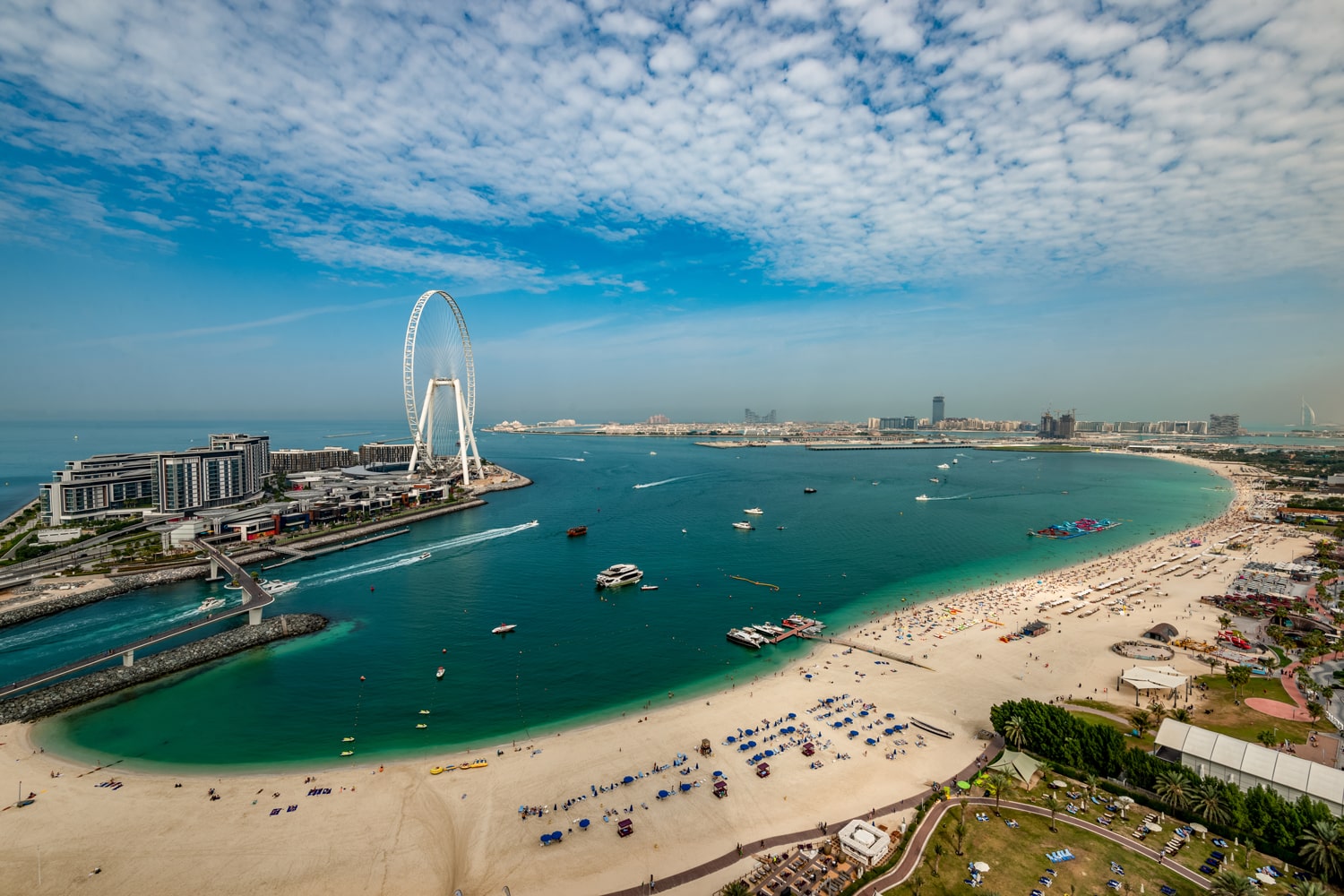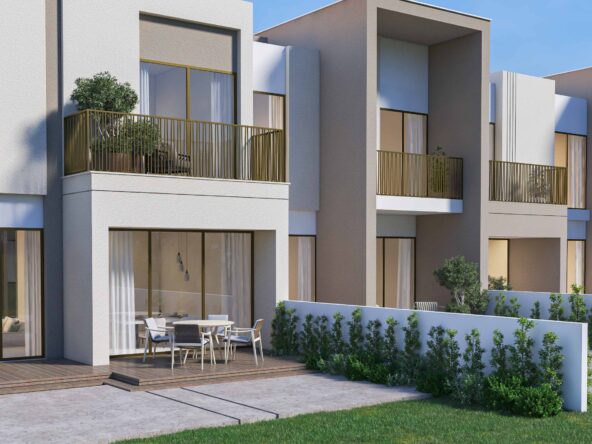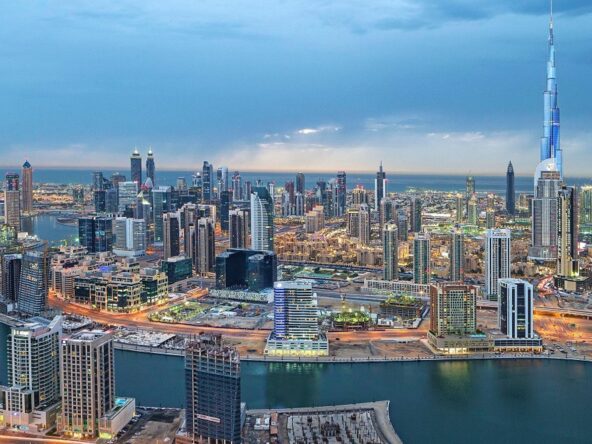In case you missed it, smart cities aren’t futuristic utopias. They are currently existing ‘alive’ notions. There is a Smart City Index, which evaluates cities based on economic and technological statistics, as well as citizen perceptions of how smart their cities are. Singapore, Helsinki, and Zurich topped the list in the previous edition.
Meanwhile, according to a recent McKinsey Global Institute survey of selected global cities, New York, London, and Seoul are the top urban centers for mobility, utilities, security, healthcare, and economic development, with Dubai and Abu Dhabi ranking first and second in the GCC in these categories.
The fascination with smart cities is mostly due to technological breakthroughs and innovations. Government urban planners and commercial entrepreneurs have built smart, connected cities thanks to the Internet of Things (IoT), government urban planners and private developers have created smart, connected cities that, in general, have enhanced the lives of its inhabitants.

Efficiency in mind
While the concept is still evolving, smart cities are essentially about managing people and resources more efficiently, integrating technology into urban planning and management in a way that will help address challenges of increasing population, mobility, economic development and sustainability.
Smart solutions can have a positive impact on multiple aspects of life. It can help reduce crime rates, making cities safer and more livable. Dubai uses cutting-edge technology and preventing crimes which has made the city one of the safest in the world, and a preferred destination for expats and businesses.
Millions of people in densely populated cities around the world spend much of their waking life navigating traffic jams. Technology helps manage traffic more efficiently to make daily commute easier and more manageable for both users of public and private transportation. According to McKinsey, cities that deploy smart mobility applications can potentially cut commuting times by an average of 15 to 20 per cent. This will, in turn, help improve productivity and work-life balance.
Reducing the cost of healthcare
Technology has also impacted public and private healthcare ecosystems, leading to reduced healthcare costs for both private individuals and the state. In a recent World Health Organisation (WHO) report, remote patient-monitoring systems, for example, have proven to help reduce state healthcare costs by more than 4 per cent.
Climate change and its impact has also been a major issue that needs to be addressed and is an area where technology has had such a positive influence. AI-driven weather forecasting tools are being used; cities are using smart technologies to predict and manage environmental disasters.
While air-quality sensors do not directly address the problem of pollution, it can help mitigate it by identifying the sources, using volumes of information harnessed through data-tracking devices, and then initiating the appropriate courses of action. This is exactly what happened in Beijing, where city administrators were able to reduce deadly airborne pollutants by closely tracking the sources of pollution.
Effective governance
Connected cities are also making governance more effective. Establishing channels and using smart applications for two-way communications can make governments more responsive. The UAE has been a shining example of how technology has made services more efficient and truly accessible to the general public. Its response to the COVID-19 pandemic is a shining example for the rest of the world, using various apps to quickly implement massive screen testing for the virus, and then later on to vaccinate a majority of its population — both citizens and expatriates alike. As a result, the country is slowly returning to normalcy and most businesses are getting back on track to recovery.
But implementing smart city developments on a wider scale has its challenges, especially on the infrastructure side, as these will entail the use of sensors and energy that will be used to power this complex interconnectedness of homes, buildings and public utilities.
In Toronto, for instance, Google has successfully installed a Sidewalk Lab that has revitalised the city’s waterfront, but residents are divided over growing concerns about data privacy and transparency.
And while there are many innovations being touted across the globe that make cities smarter, another critical challenge will be getting the buy-in from any smart city’s most important element — its people. Many smart city applications succeed only when they are widely adopted and successfully influence or change behaviour.
One thing to take away from all of these developments is that while technology does have a great impact on enhancing the quality of our lives, it’s still the human element that drives all these innovations. What good is technology if it is not being used?
Practical application
At DAMAC, we have taken cognisance of this important factor as we introduced a smart app for community-related services for our tenants and residents. The app can be used for accessing amenities and services through their mobile devices, so they do not have to physically visit our offices. So far, the feedback and usage have been overwhelmingly positive. We are also working towards a one mobile app solution for all touch points with DAMAC, right from the point a customer shows interest in our properties, to when they are residing in our community.
And while it is safe to say that the ‘future’ is here, it will be a mistake to be complacent. We need to continually innovate to ensure a quality of living that is sustainable, not just for a few, but for all.




